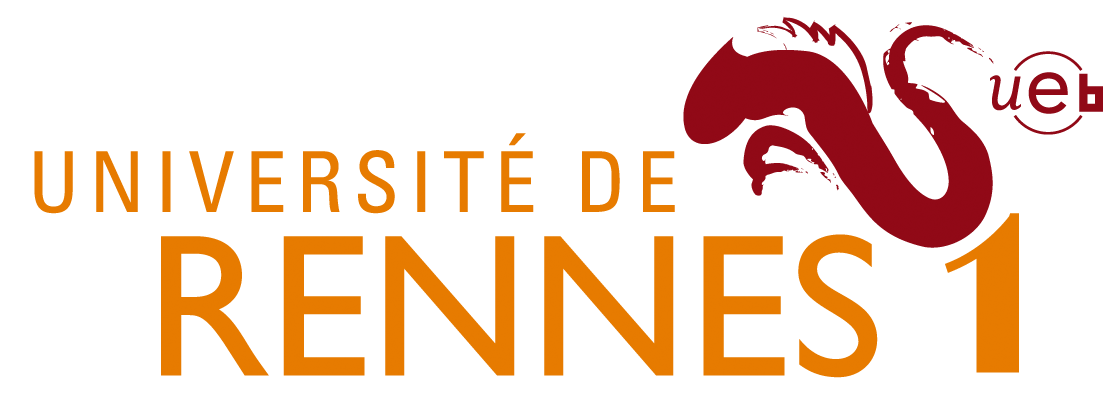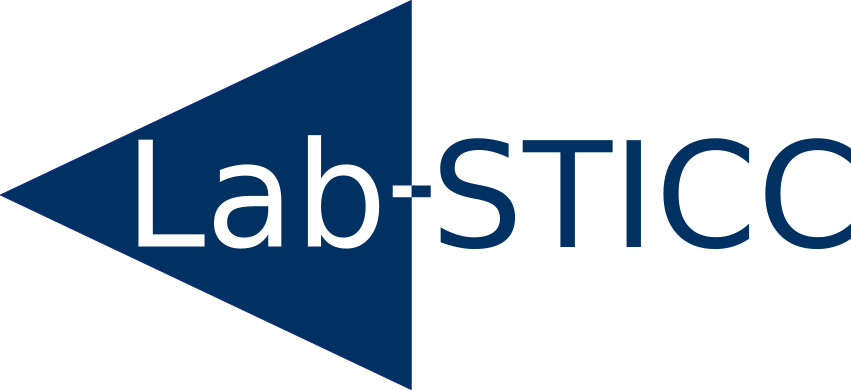| Clémentine Maurice |
Date de l'exposé : 3 février 2017, 10h30-11h30, salle Petri/Turing
What could possibly go wrong with <insert x86 instruction here>?
When hunting for bugs, the focus is mostly on the software layer. On the other hand, hardware is often considered as an abstract layer that behaves correctly, just executing instructions and outputing a result. However, the internal state of the hardware leaks information about the programs that are running. Unlike software bugs, these bugs are not easy to patch on current hardware, and manufacturers are also reluctant to fix them in future generations, as they are tightly tied with performance optimizations.In this talk, we focus on how to extract information from the execution of simple x86 instructions that do not require any privileges. The most studied microarchitectural attacks are beyond doubt cache attacks. Indeed, the timing of a memory access depends heavily on the state of the CPU cache. But beyond memory accesses that are the base of classical cache-based side-channel attacks, other x86 instructions leak information about the internal state of the hardware, and thus about running programs. First, we present side channels caused by the "clflush" instruction, that flushes all content of the cache. We will explain how it can be used to perform side-channel attacks that are faster and stealthier than their classical counterpart, without performing so much as a single memory access. Second, we present side channels caused by the prefetch instructions. We will explain how these instructions can be used to translate virtual addresses to physical addresses - without the use of the proc interface that is restricted today -, and to bypass kernel ASLR.
This talk does not require any knowledge about assembly.






